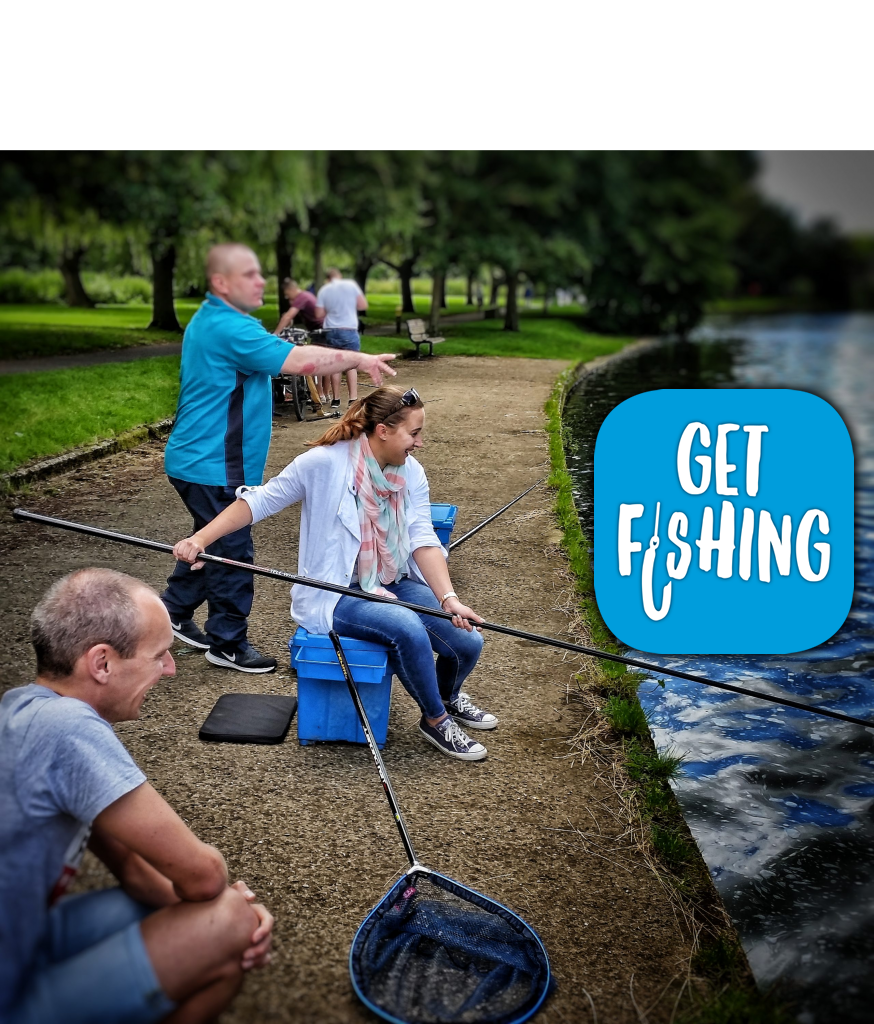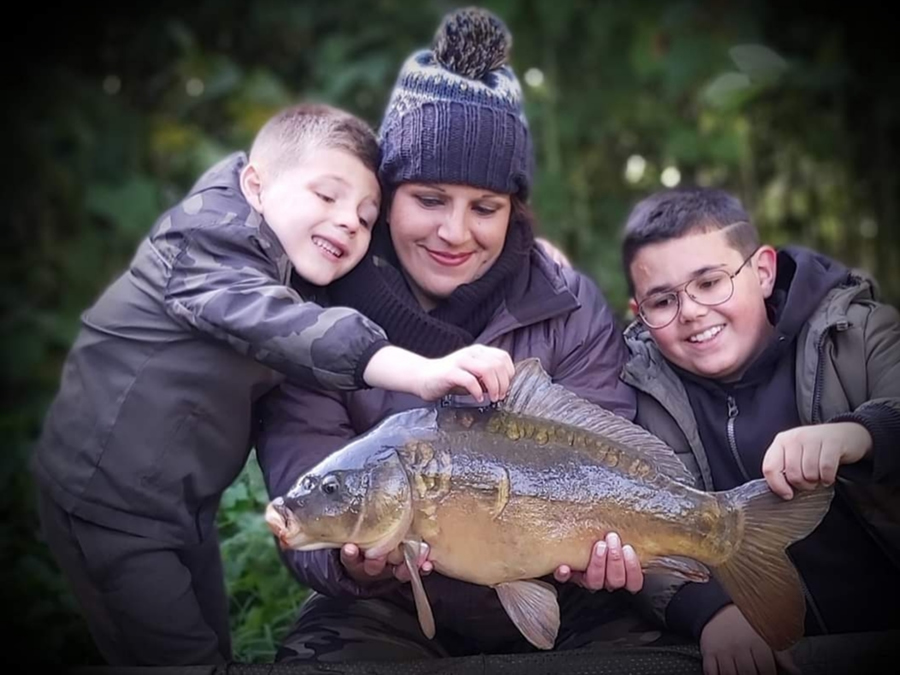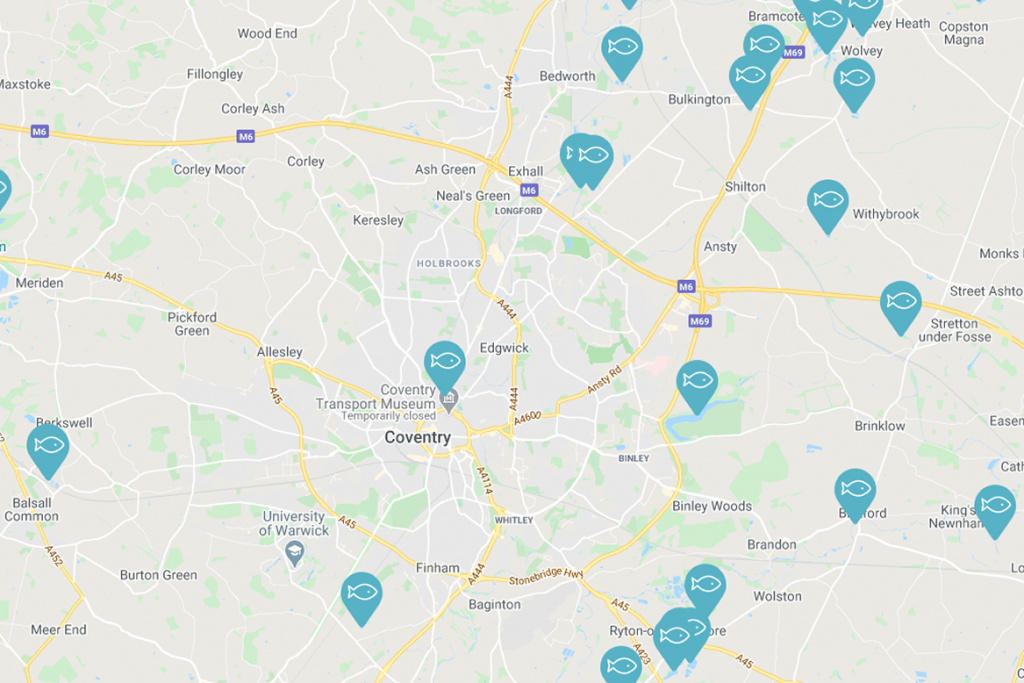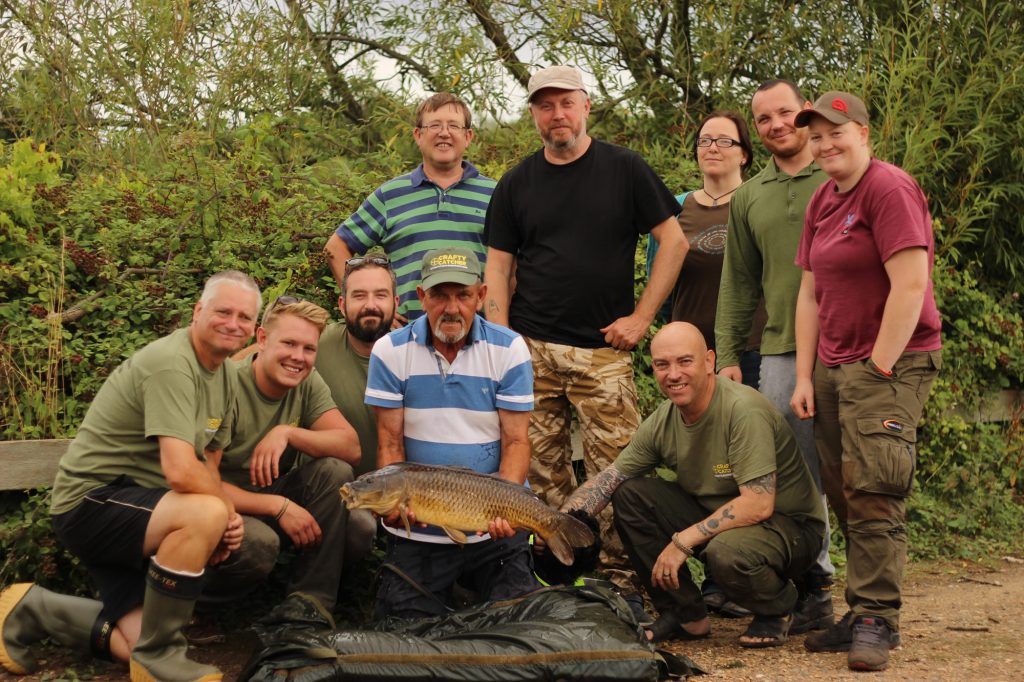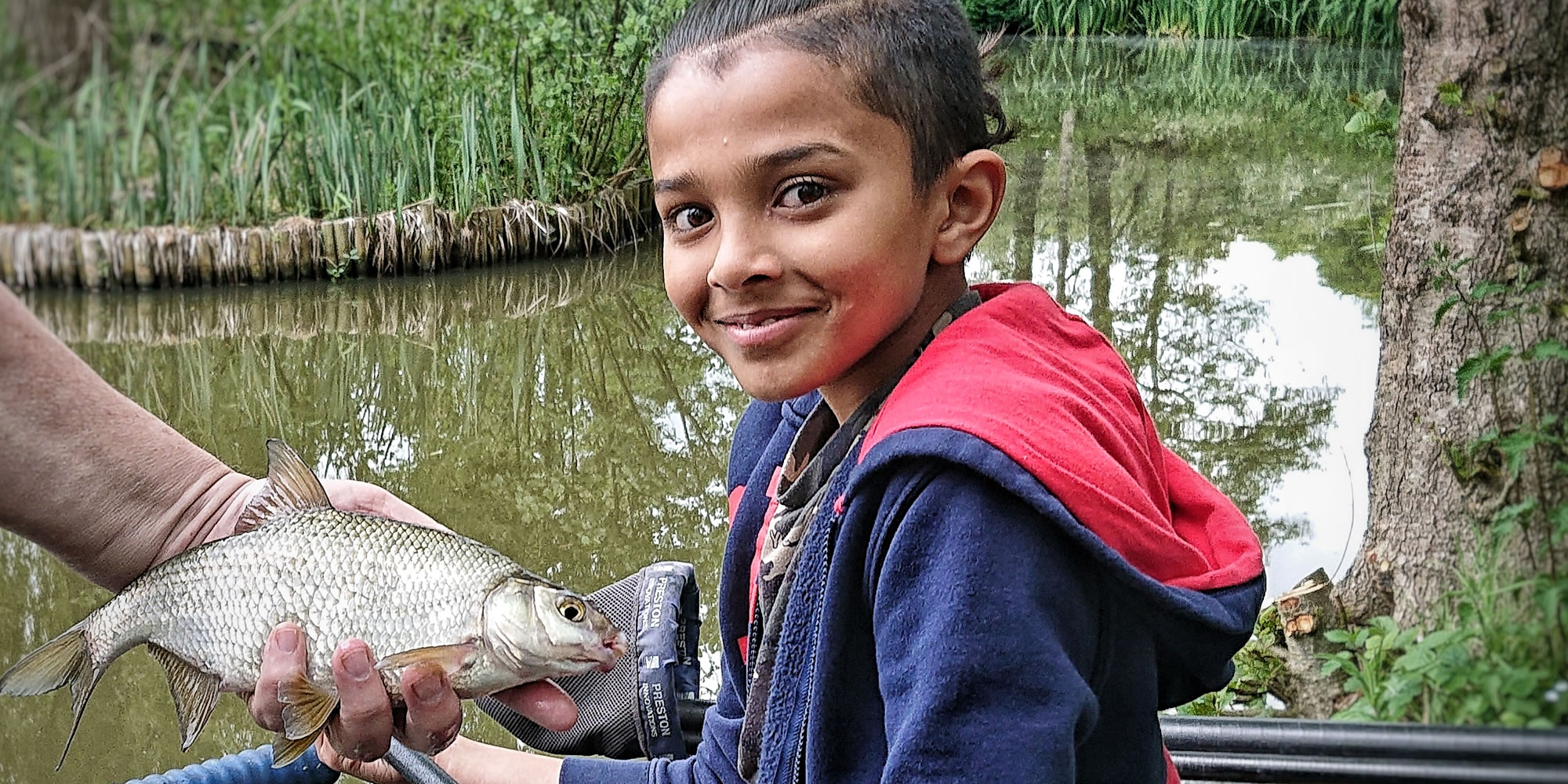
Get Fishing Resources
How to start coarse fishing – how to get into freshwater fishing and all about learning to fish in canals, rivers and stillwaters
About coarse fishing:
Coarse fishing is the most widespread type of angling in England. In this kind of fishing you try to catch fish in freshwater rather than the sea, and the fish are returned to the water instead of taking them for food. Most people live within a few miles of a freshwater river, canal, lake or pond where they can catch coarse fish after getting a fishing licence and permission or a ticket to fish from the fishery owner. Here are some tips on how to get into coarse fishing…
Come fishing at an event near you
The “Get Fishing” campaign is run by the Angling Trust and funded by the Environment Agency and Sport England to get more people out fishing, more often. As part of this, angling clubs, fisheries and organisations run taster sessions which give beginners of all ages and abilities the opportunity to try fishing for the first time or to return to angling after a break. Most of these sessions are free or very low cost and include the use of tackle, bait and a fishing licence for the day. After that all you’ll need is some low-cost tackle, a fishing licence and a day-ticket or club membership (see below) to access some fishing venues. Find an event at Get Fishing Near You and bring the whole family along!
Ask Your Tackle Shop
Your local tackle shop will be able to give you advice about what tackle you will need to get into coarse fishing. Some expert anglers might spend hundreds of pounds on rods and reels, but you could buy a basic fishing setup for about £25. The key to getting started is to keep things really simple and try and get a friend or family member who has been fishing before to show you how to begin.
Join a Fishing Club
Joining a local fishing club is a great way to learn how to fish and to get access to fishing venues near to you. A lot of fishing clubs will arrange fishing sessions for new or young anglers. If you are interested in competitive match fishing where you might win prizes, your local club will be able to help you get started. You can find clubs that are members of the Angling Trust, angling’s representative organisation HERE.
Fishing Licences
If you are over the age of 13 you need to have a fishing licence to go fishing in rivers, canals, lakes, pools and streams in England. You can get your fishing licence from the Environment Agency at www.gov.uk/fishing-licences/when-you-need-a-licence.
Find a Venue Near to You
You can find information about venues on this website HERE.
Coarse Fish Species
There are around 25 species of coarse fish commonly fished for in the UK, but the most popular targets for anglers are carp, barbel, pike, perch, roach, rudd, bream, tench, dace, chub, eels, zander and catfish. When you go coarse fishing it is important to remember that although there are bylaws about the size and type of fish you could keep, nearly every coarse fishing venue will not allow you to take fish away with you and you must return the fish you catch to the water. If you want to catch fish to eat then it is better to try sea fishing or game fishing.
Coarse fishing techniques – the basics
The main techniques used in coarse fishing are pole and whip fishing, lure fishing, float fishing, and ledgering. Different rods, reels and tackle are used for each technique. The info below will give you an idea about how to start fishing, or explain a bit about the type of fishing you might have seen other people doing, but the best advice we can give you is to come fishing at one of our events where you will get to have a go yourself – we’ll lend you tackle and bait to use on the day at one of the special Get Fishing taster sessions that we run all over the country.
Pole and Whip fishing: Poles and whips are a kind of fishing rod made of very light carbon fibre material which can be up to 16 metres long. Instead of using a reel, your line is attached to a short piece of elastic at the tip of the pole/whip. Whips are shorter versions of poles and are a great way to get started in coarse fishing as they are inexpensive and very simple to use. Pole and whip fishing makes it possible for you to place your bait gently and accurately in a particular spot. This causes less disturbance to the fish and means you’ll have greater control over the line.
Lure fishing: This technique uses a lure which is pulled through the water to imitate a small fish, worm or other creature that some species of fish eat or attack. Like whip fishing, lure fishing is easy and simple to get into. You don’t need much time or tackle to go lure fishing and a short lure fishing rod and small reel, along with a few soft-rubber lures and hooks are an inexpensive, lightweight and simple way to get into fishing.
Float fishing: This involves using a “float” made of cork, wood or plastic. The float is attached to the line above the baited hook. When a fish picks up the bait the float moves so that you know you’ve got a bite.
Ledgering: When ledgering a weight is used to sink the bait to the bottom of the water. When you get a bite from a fish this is indicated by twitching on the rod tip or by an electronic bite alarm. A swimfeeder can be used on the line instead of a weight – it’s a small container full of bait which helps to attract fish to the area.
Essential kit: As well as basic tackle you’ll need a landing net and a disgorger or a pair of forceps (which are small pliers) to remove a hook from a fishes mouth. It’s a good idea to wear sunglasses or some other type of eye protection – polarised sunglasses can make it easier to see the fish you are trying to catch. A hat, waterproof jacket and weatherproof shoes are a good idea too. If you are fishing for predator fish like pike, perch, eels and zander use a wire trace to attach your hook – this stops any fish with sharp teeth biting through your line.
Find out how to get into Game Fishing
Find out how to get into Sea Fishing
You might also like

Minister’s Visit Highlights Collaborative Action on Pollack Conservation

Angling Trust calls for radical reforms to end sewage…
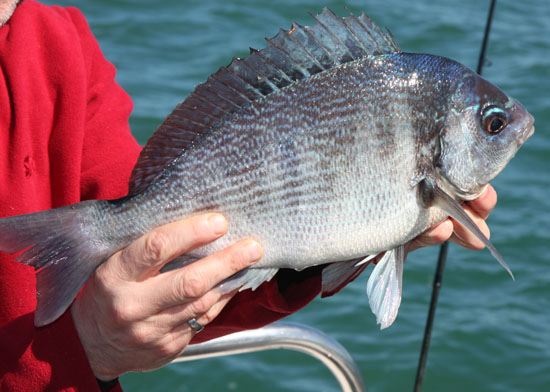
Have Your Say: Shape the Future of Black Bream…

NEW BLOG: Get Fishing Award event for North Cambridge…
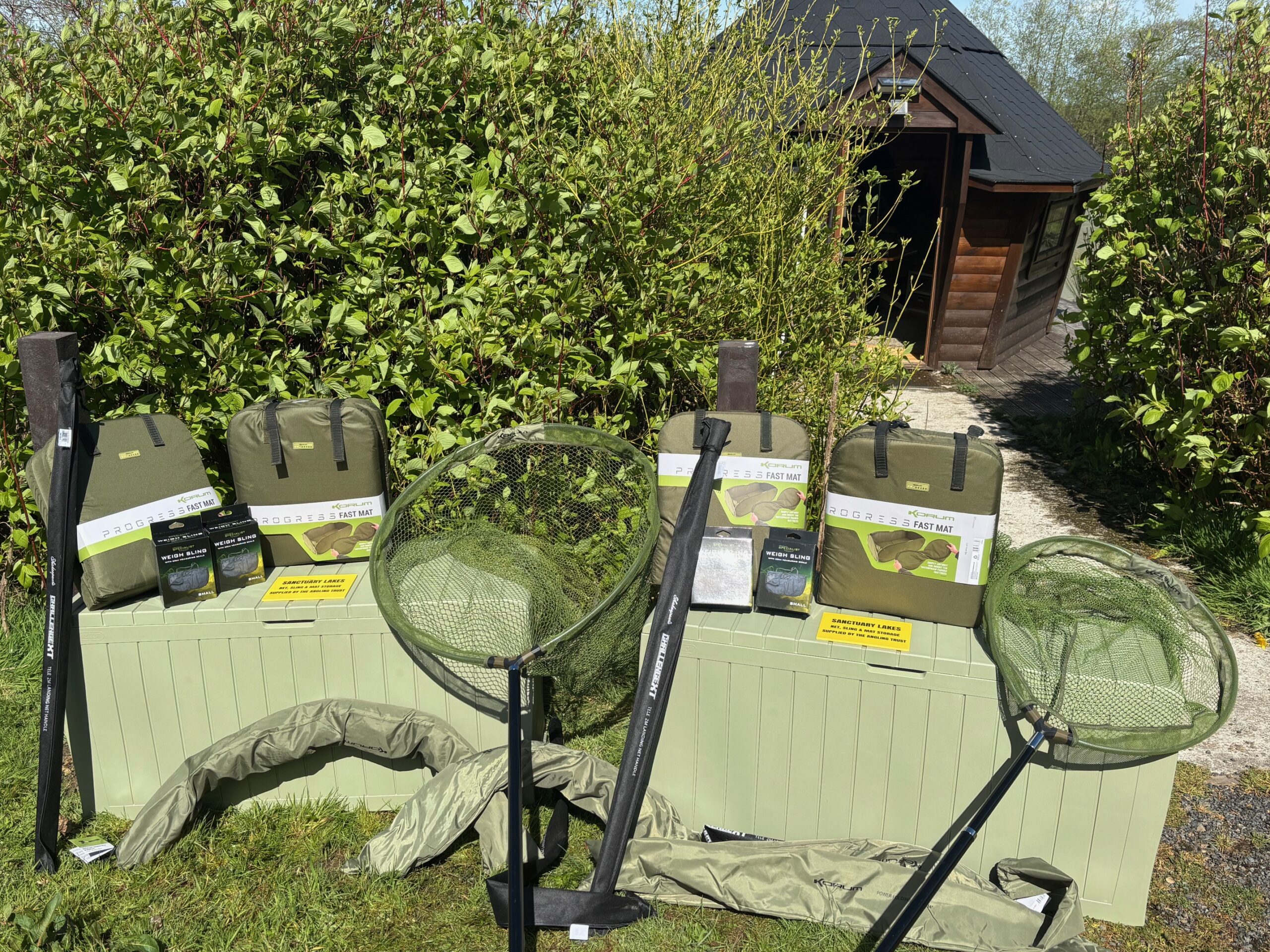
Angling Improvement Fund Opens for Nets, Mats & Slings
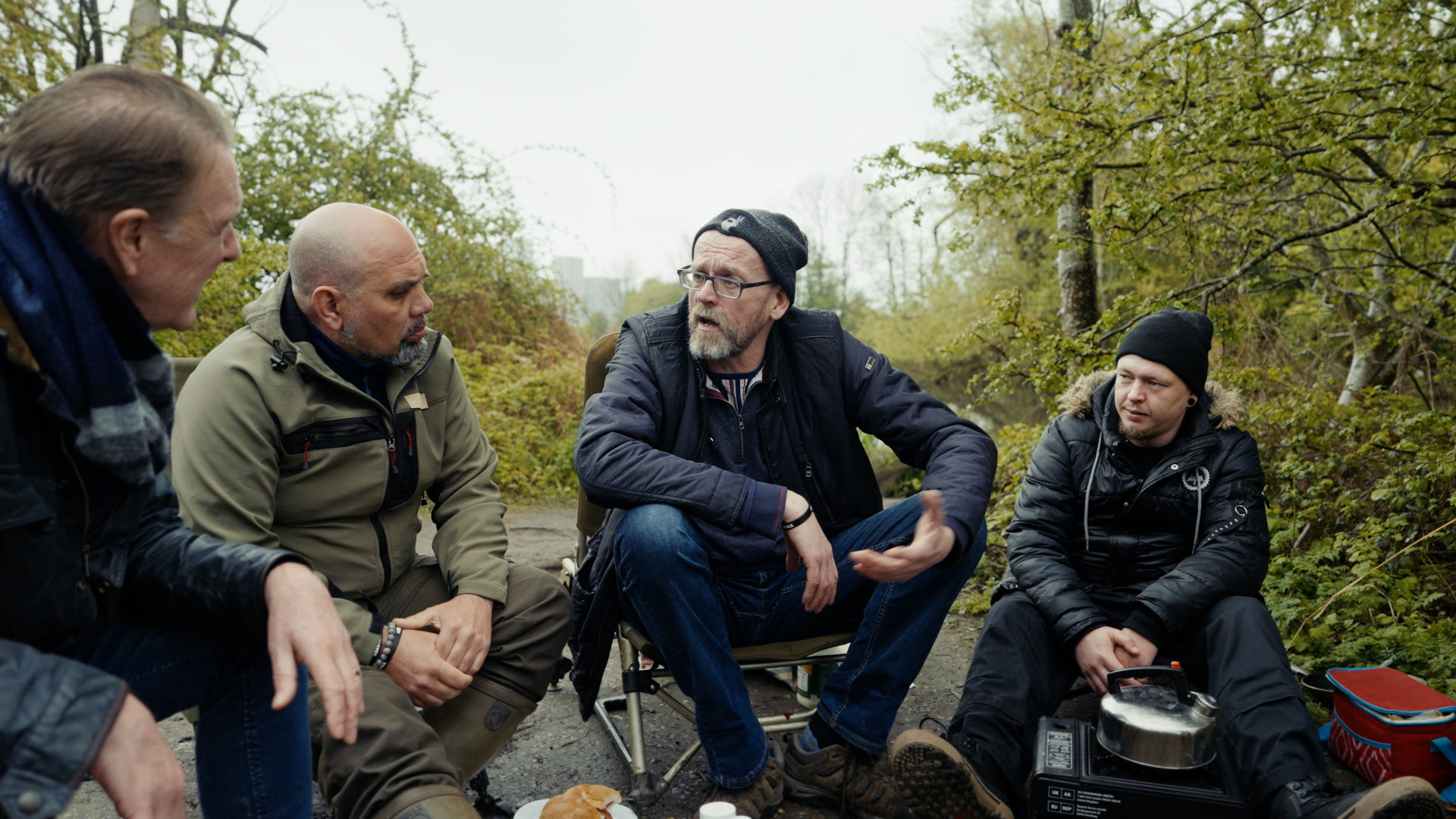
Mental Health Awareness Week is a time for angling…

Want to learn how to fish? Get Fishing Awards…

Tuffers bowled over by the benefits of angling and…

Young nature warriors reel in success with Get Fishing…

Bury women’s community group gives fishing a go

NEW BLOG: Get Fishing Awards get people into fishing…

A brilliant Angling Trust Get Fishing Gathering event at…

Minister’s Visit Highlights Collaborative Action on Pollack Conservation

Angling Trust calls for radical reforms to end sewage…

Have Your Say: Shape the Future of Black Bream…

NEW BLOG: Get Fishing Award event for North Cambridge…

Angling Improvement Fund Opens for Nets, Mats & Slings

Mental Health Awareness Week is a time for angling…

Want to learn how to fish? Get Fishing Awards…

Tuffers bowled over by the benefits of angling and…

Young nature warriors reel in success with Get Fishing…

Bury women’s community group gives fishing a go

NEW BLOG: Get Fishing Awards get people into fishing…

A brilliant Angling Trust Get Fishing Gathering event at…

Minister’s Visit Highlights Collaborative Action on Pollack Conservation

Angling Trust calls for radical reforms to end sewage…

Have Your Say: Shape the Future of Black Bream…

NEW BLOG: Get Fishing Award event for North Cambridge…

Angling Improvement Fund Opens for Nets, Mats & Slings

Mental Health Awareness Week is a time for angling…

Want to learn how to fish? Get Fishing Awards…

Tuffers bowled over by the benefits of angling and…

Young nature warriors reel in success with Get Fishing…

Bury women’s community group gives fishing a go

NEW BLOG: Get Fishing Awards get people into fishing…

